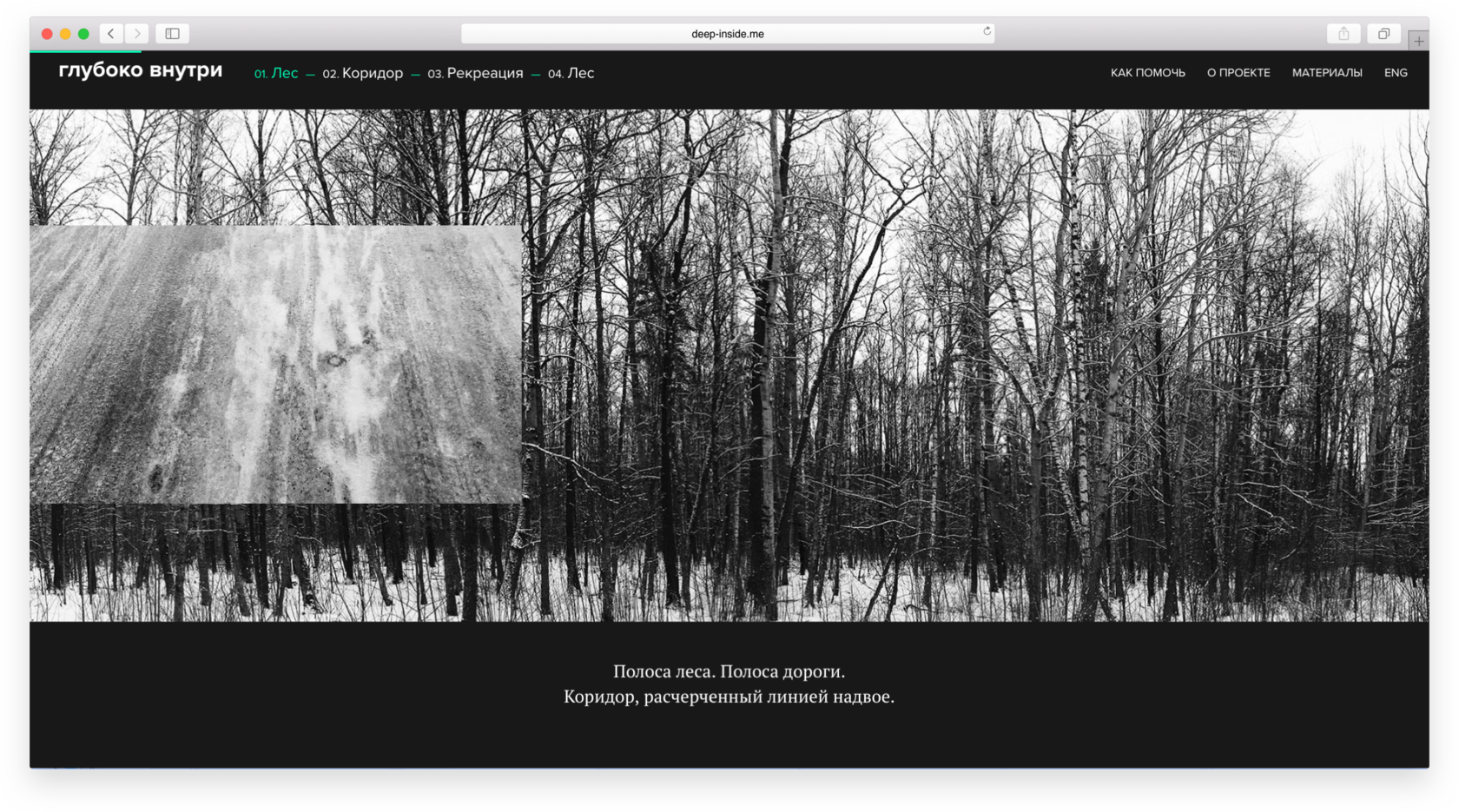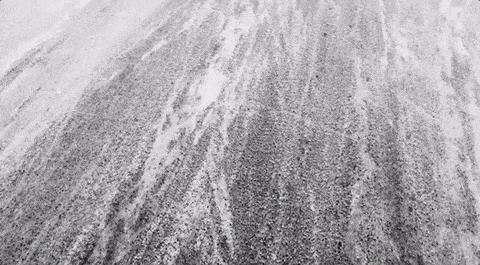SCHOOL OF MULTIMEDIA STORYTELLING
Bishkek Internews
Bishkek Internews
October, November, December
Application deadline: October 12
Application deadline: October 12
SCHOOL OF
MULTIMEDIA STORYTELLING
Bishkek Internews
MULTIMEDIA STORYTELLING
Bishkek Internews
October, November, December
Application deadline: October 12
Application deadline: October 12
You will study and master the technology and methods involved in creating multimedia projects: from text to visual content, from idea to realisation. This programme has three main focus areas: multimedia story content, design, and production.
You will study and master the technology and methods involved in creating multimedia projects: from text to visual content, from idea to realisation. This programme has three main focus areas: multimedia story content, design, and production.
October, November, December
Internews is delighted to announce that the School of Multimedia Storytelling has opened admissions to residents of Kyrgyzstan. Meetings will be held at the Internews editorial office, 11th floor, Ibraimova Street 115, Bishkek.
Application deadline: October 12
Application deadline: October 12
Documentary and art projects for media and museums, non-profit organisations, and businesses. It's vital that professionals working in various sectors "tell a story" and "be heard" as much as possible by your audience. Who might want to enrol?
Documentary and art projects for media and museums, non-profit organisations, and businesses. It's vital that professionals working in various sectors "tell a story" and "be heard" as much as possible by your audience. Who might want to enrol?
1
Journalists and editors
2
Photographers and camera operators
3
Media producers and curators
4
PR and marketing specialists
5
Activists and NGO professionals
6
Аrt directors and designers
MORE THAN JUST WORDS
Right now, multimedia storytelling formats are a hot topic and in-demand in areas where presenting content and communicating with the audience are the keys to success. To do this, you need to be able to tell a story with more than just words: visual content is a must. Stories need to be built with vivid images and meaningful messages.
On the cover: the In the Cold project
On the cover: the In the Cold project
MORE THAN JUST WORDS
Right now, multimedia storytelling formats are a hot topic and in-demand in areas where presenting content and communicating with the audience are the keys to success. To do this, you need to be able to tell a story with more than just words: visual content is a must. Stories need to be built with vivid images and meaningful messages.
On the cover: the In the Cold project
On the cover: the In the Cold project
If you have ideas and topics for multimedia stories or you've gathered together a team of like-minded people but don't know how to get started developing your project: we can help you with the concept planning and production stages, teach you how to work with multimedia content, and help you realise your project every step of the way. Project costs will be covered by Internews.
The programme participants' main aim is to design and produce fully-fledged multimedia projects.
Stages:
The programme participants' main aim is to design and produce fully-fledged multimedia projects.
Stages:
If you have ideas and topics for multimedia stories or you've gathered together a team of like-minded people but don't know how to get started developing your project: we can help you with the concept planning and production stages, teach you how to work with multimedia content, and help you realise your project every step of the way. Project costs will be covered by Internews.
The programme participants' main aim is to design and produce fully-fledged multimedia projects.
Stages:
The programme participants' main aim is to design and produce fully-fledged multimedia projects.
Stages:
1
Develop the project idea and concept
2
Compile content and structure material
3
Develop a multimedia format and realise the project
4
Create an action plan for project promotion
REACH FOR THE STARS
Multimedia narration using text, image and sound tools makes it possible to explore a topic with full immersion in the context and content. It gives the audience the chance to have a truly strong emotional experience.
On the cover: the Dreams Behind the Hijab project
On the cover: the Dreams Behind the Hijab project
REACH FOR THE STARS
Multimedia narration using text, image and sound tools makes it possible to explore a topic with full immersion in the context and content. It gives the audience the chance to have a truly strong emotional experience.
On the cover: the Dreams Behind the Hijab project
On the cover: the Dreams Behind the Hijab project
Timeline
1
Shortlisting participants
Until Oct. 12 (application deadline)
2
Intensive training
Oct. 19-21 and Nov. 2-4
3
Online consultations
Once a week until Dec. 10
4
Project completion and presentation
Dec. 21-23
DEEP ENGAGEMENT
We teach our participants the skills and formats necessary when working in business, charity organisations, the museum industry, and the media. Basically, our school is for anyone who really wants to engage deeply with their audience and go beyond catering for a passive audience.
DEEP ENGAGEMENT
We teach our participants the skills and formats necessary when working in business, charity organisations, the museum industry, and the media. Basically, our school is for anyone who really wants to engage deeply with their audience and go beyond catering for a passive audience.
The programme includes
1. The basics of storytelling and modern formats
- The documentary story genre and previous formats. A brief insight into the history and basics of visual communication. How formats evolved and the anthropology of storytelling. The principles of new media.
- Old and new media consumption habits. New content distribution formats and channels. A multimedia story and its modifications. Multimedia storytelling as a content representation format and communication product.
2. Developing themes and concepts
The main rules of working with a story: the criteria for selecting a topic, finding images, deciding on the format. Developing topics and ideas - mind mapping, analysing similar works on the topic, researching the topic, preparing the outline of the script and storyboard. Putting together the messages for the audience and identifying key values.
3. Production: field work and studio work
- Field work (searching, compiling), work the the studio (mastering, editing), putting together conceptual design criteria and setting objectives. Seeking out newsworthy events, central figures in stories, information sources, and working with archives, etc. Creating a project prototype and teaser. Conducting a focus group.
- How to put together a story, how to combine elements, how to convey the message in the story. Directing the story - working with the narrative and visual concept.
4. The Principles of design
An introduction to formal composition theory. Layered information perception, the principles of combining elements of composition. Working with colour, selecting colour palettes. Multimedia story design. Use cases, UX (user experience).
5. Team-work and management
Which principles and plans project managers use. Working and man hours. Team and individual work - what methods do different teams use?
6. Technical realisation and tool selection
- Creating a website from scratch or using site builders. Overview of the main builders: Tilda, Readymag, etc. Ways to integrate builders into built sites. Overview - which options are cost-effective, profitable, simpler/more difficult, etc.
- Testing the format on a variety of platforms and the rule of 4−5 screens, fixing bugs.
7. Promoting your project and assessing performance
- How to maximize the project's potential in other formats (exhibitions, installations, performances, etc.) and on various media platforms (print, radio, television, etc.).
- Developing a plan to promote the project in the media. Assessing effectiveness: how can you gauge how successful a project is?
Instructors
Kseniya Diodorova and Alexey Poleukhin, Gonzo Design
Founders of the Gonzo Design studio, established in 2007. Our team's cross-disciplinary approach and exceptional skills in the design of visual communications (developing brand concept platforms, designing books, websites and apps) mean we can create stand-out multimedia projects going beyond the standard techniques and formats.
Artyom Galustyan
Journalist, multimedia project producer, media consultant. Worked as managing editor on special projects at the Kommersant publishing house. Events covered: the political crisis in Ukraine in 2013–2015, the protests in Armenia in 2015, the hostilities in Nagorno-Karabakh in 2016, and other complex issues. Runs training sessions and takes part in educational projects at Netology, and Internews Int. Is a visiting lecturer in the Faculty of Communication, Media, and Design at HSE.
Projects:
Projects:
Kseniya Diodorova and Aleksey Poleukhin, Gonzo Design
Founders of the Gonzo Design studio, established in 2007. Our team's cross-disciplinary approach and exceptional skills in the design of visual communications (developing brand concept platforms, designing books, websites and apps) mean we can create stand-out multimedia projects going beyond the standard techniques and formats.
Studio developed its own project ("In the Cold", "Dreams behind the Hijab", "Duende") as well as commissioned projects for different organisations ("Breath In_Breath In" ; "Deep Inside").
Studio developed its own project ("In the Cold", "Dreams behind the Hijab", "Duende") as well as commissioned projects for different organisations ("Breath In_Breath In" ; "Deep Inside").
Artyom Galustyan
Journalist, multimedia project producer, media consultant. Worked as managing editor on special projects at the Kommersant publishing house, author of multimedia storytelling projects "The Land of Exclusion", "The Day the War Ended" and "7 Dates". Events covered: the political crisis in Ukraine in 2013–2015, the protests in Armenia in 2015, the hostilities in Nagorno-Karabakh in 2016, and other complex issues. Runs training sessions and takes part in educational projects at Netology, and Internews Int. Is a visiting lecturer in the Faculty of Communication, Media, and Design at HSE.
A project about people with multiple severe developmental disabilities "Deep Inside"
A multimedia project about significant dates in Russian history "7 Dates"
Conditions of Participation:
You may apply individually or as a group.
Fill out the application form and attach your CV.
Fill out the application form and attach your CV.
лайк, шэр




